PH hospitality on bullish trajectory
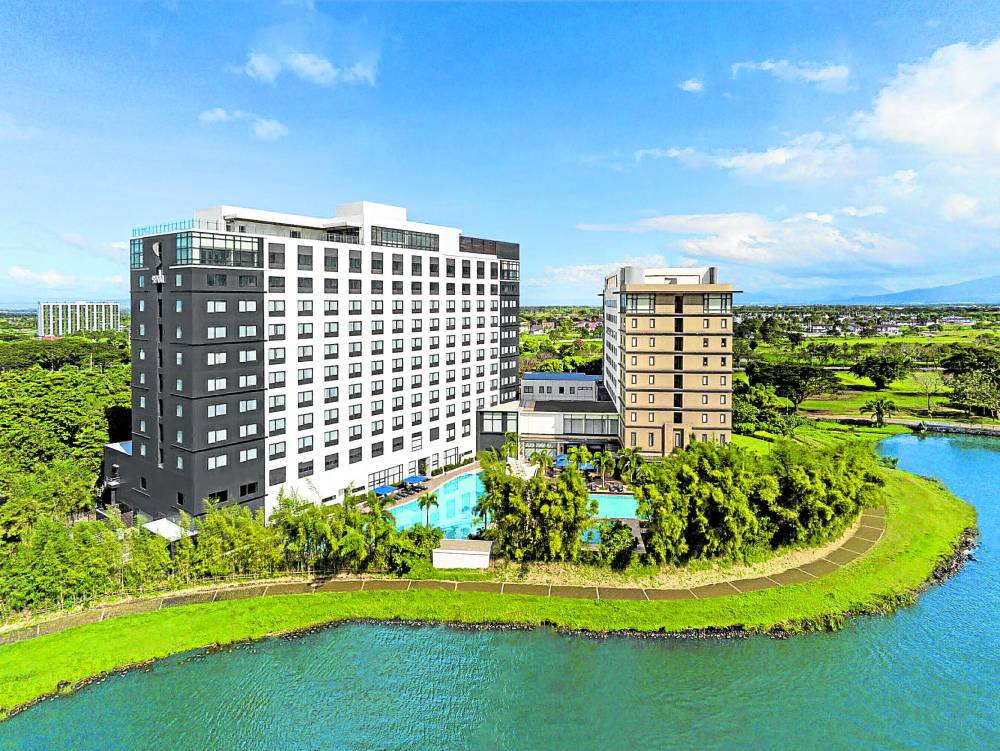
Hotel operators should be on the look out for tourism policies aimed at propping up hotel occu- pancies. (HTTPS://WWW.SEDAHOTELS.COM)
The Philippine tourism sector continues to recover, with growing local and foreign tourists positively influencing occupancies across major destinations in the country.
Metro Manila hotels continue to see rising occupancies and rates due to the brisk take-up from business travelers and the exponential rise in demand for meetings, incentives, conferences, and exhibitions (MICE) facilities. Despite this, Metro Manila’s hotel room stock still pales in comparison to other major Southeast Asian cities. While foreign brands continue to expand across the country, brand penetration is still a laggard in the region.
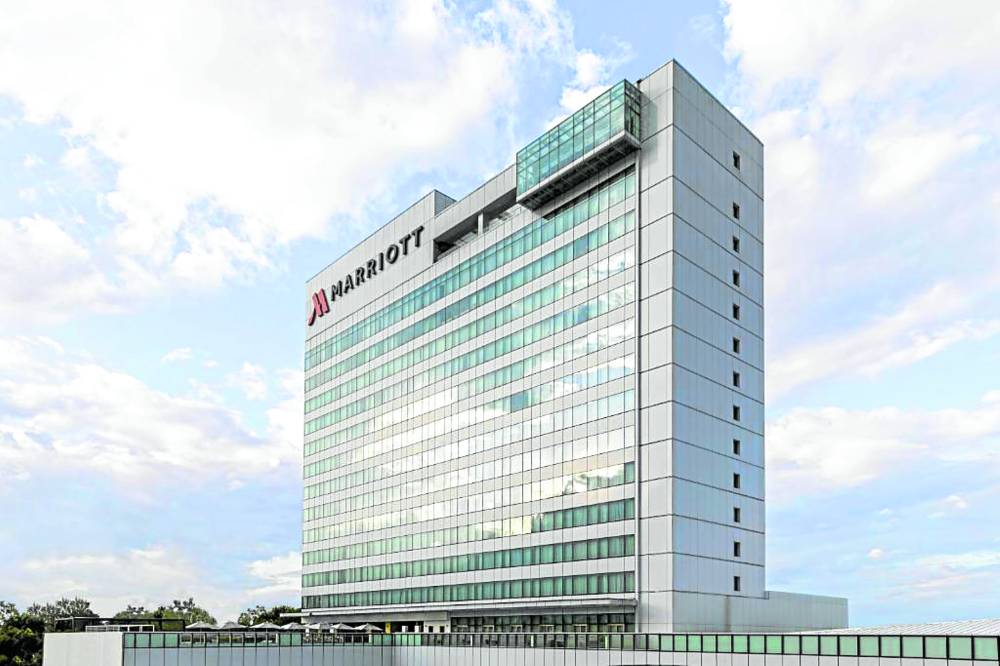
The establishment of more MICE facilities should complement hotel offerings and packages. HTTPS://WWW.BOOKING.COM)
Foreign arrivals up
Data from the Department of Tourism (DOT) showed that foreign arrivals reached 3 million in H1 2024, up 12 percent from the 2.7 million recorded a year ago. South Korea was the country’s top source market with 792,482 arrivals, followed by the United States, and China.
The DOT is optimistic that the full year arrival target of 7.7 million will likely be breached as foreign arrivals typically pick up leading to the holiday season. However, Fitch Solutions unit BMI Research said tourist arrivals may only return to pre-pandemic levels by 2025.
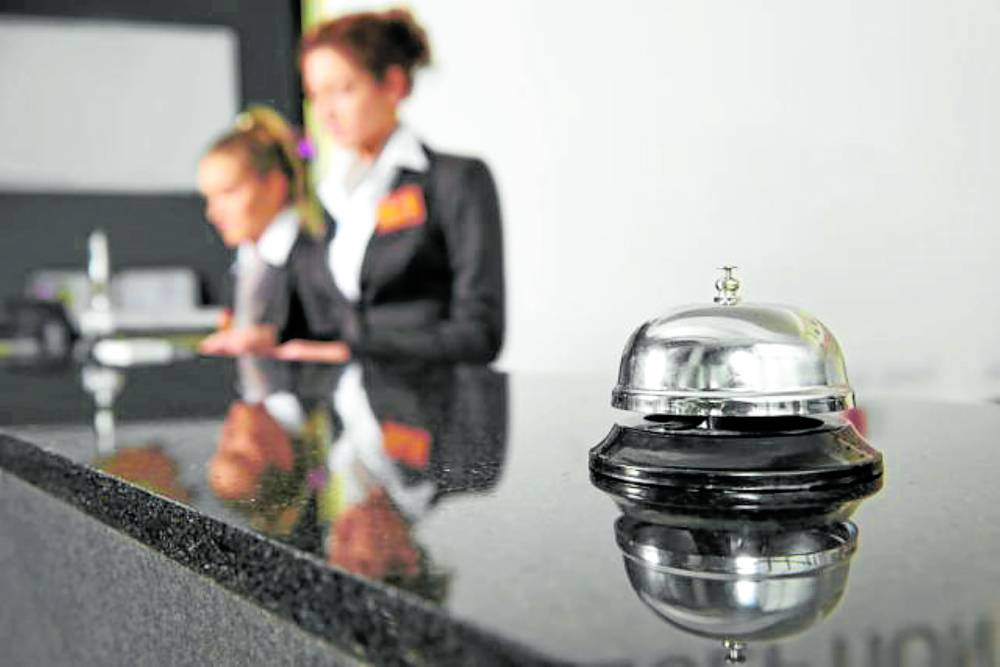
(https://hospitalitytech.com)
Article continues after this advertisement
Growing share to Philippine GDP
Data from the Philippine Statistics Authority (PSA) showed that the share of tourism to the country’s economy grew to 8.6 percent last year from 6.4 percent in 2022—still far from the record high 12.9 percent in 2019.
Article continues after this advertisementThose employed in the tourism sector reached 6.21 million in 2023, near the DOT’s target of 6.3 million by 2028 but nowhere near the 7.1 million in 2019. This translates to a 12.9 percent share to total employment, an improvement from the 12.5 percent in 2022. The DOT highlighted the establishment of Tourist Rest Areas, Philippine Experience Program (PEP), Tourist Assistance Call Center, and Tourism Champions Challenge—initiatives seen effective in drawing tourists into the country and elevating overall travel experience.
Infrastructure will definitely be pivotal in stoking interest in the Philippines. The administration’s push to build “strategic” infrastructure will definitely be a plus for the leisure sector.
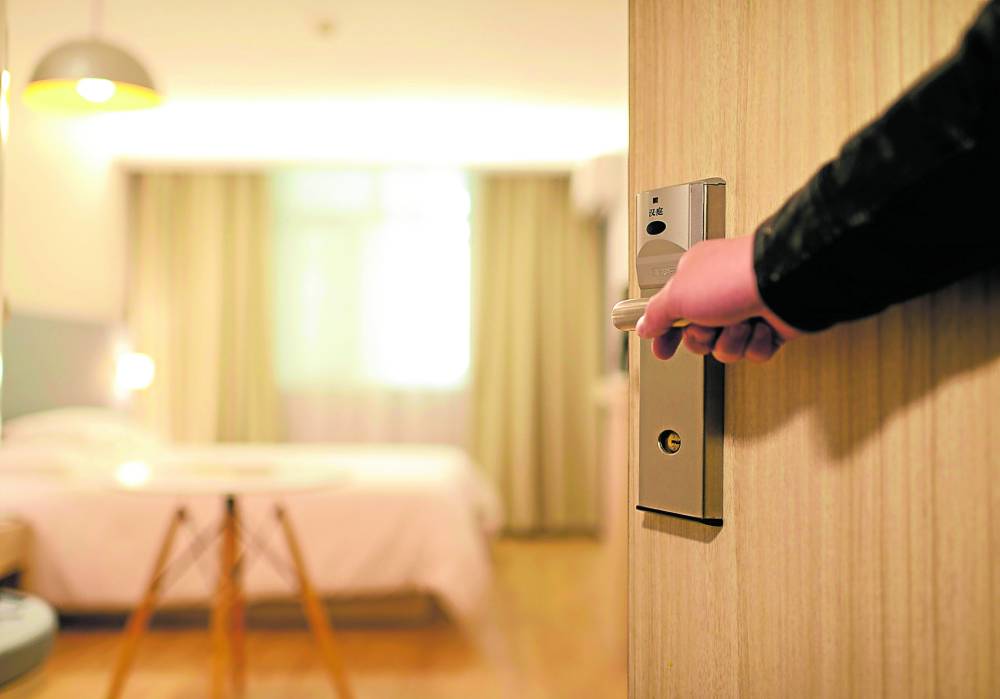
(PIXABAY VIA PEXELS.COM)
Capturing demand
Colliers recommends that hotel operators continue offering flexible packages for business travelers. This is crucial especially now that the Philippines is getting a lot of interest from foreign investors planning to open shop in the country.
In our view, the continued expansion of outsourcing firms; sustained influx of foreign retailers; and entry of more foreign firms including those into semiconductor, electric vehicle, and renewable energy sub-segments should help stoke the demand for business hotels. Greater flexibility should also be provided—attractive rates, free cancellation, and room upgrade policies. This scheme is also suitable for foreign leisure travelers using Manila as a pitstop before going to other tourist destinations in Visayas and Mindanao.
To capture a greater slice of the domestic tourism pie, stakeholders should ramp up marketing initiatives online to seize the interest of a millennial and Gen Z-dominated local market that continues to fuel the demand for staycation and accommodation facilities in major tourist destinations.
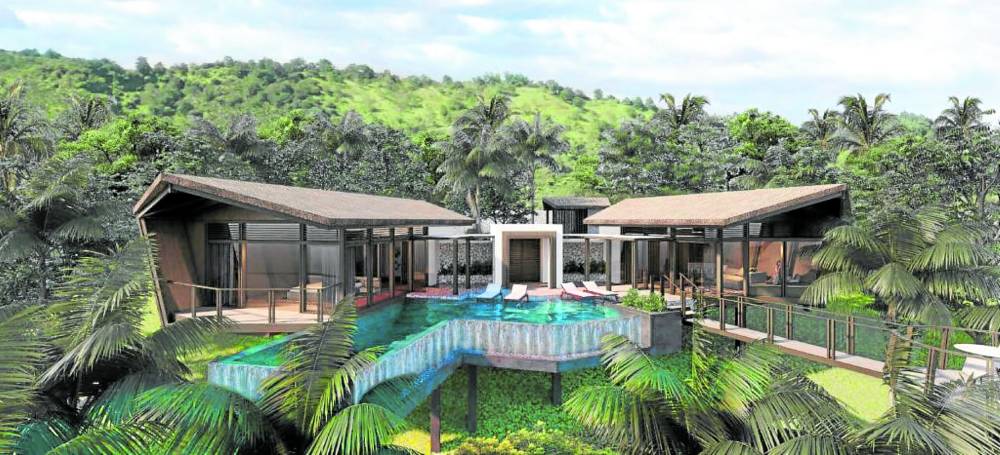
To capture a greater slice of the domestic tourism pie, stakeholders should ramp up market- ing initiatives (HTTPS://AGBRIEF.COM)
Enticing more foreign visitors
Hotel operators should be on the look out for tourism policies aimed at propping up hotel occupancies and spending within and outside Metro Manila. The Philippine government, for instance, is considering providing visa-free entry to foreigners vacationing on cruise ships as well as easing e-visa processing for Indian nationals.
Hotel operators, restaurants, and other tourism players should be proactive in seizing demand from these tourism markets and entice them to stay longer and spend more within their establishments.
Development of MICE and co-working facilities
Colliers believes that the establishment of more MICE and co-working facilities should complement the accommodation and dining packages that hotels will offer to business travelers. The integration of these facilities is of utmost importance especially in business hotels located in major business districts in Metro Manila, Pampanga, Cebu, and Davao.
The DOT is also priming the Philippines as a major MICE destination, and this should enable the country to corner major global MICE events and further boost tourist arrivals and spending across the archipelago. Colliers believes that previous hosting of MICECON events in Clark, Cebu, and Davao should help promote the Philippines’ viability as a MICE hub in the Asean region.
For feedback, please email [email protected] Hotel operators should be on the look out for tourism policies aimed at propping up hotel occupancies. (https://www.sedahotels.com)
(https://www.booking.com) The establishment of more MICE facilities should complement hotel offerings and packages. To capture a greater slice of the domestic tourism pie, stakeholders should ramp up marketing initiatives (https://agbrief.com)